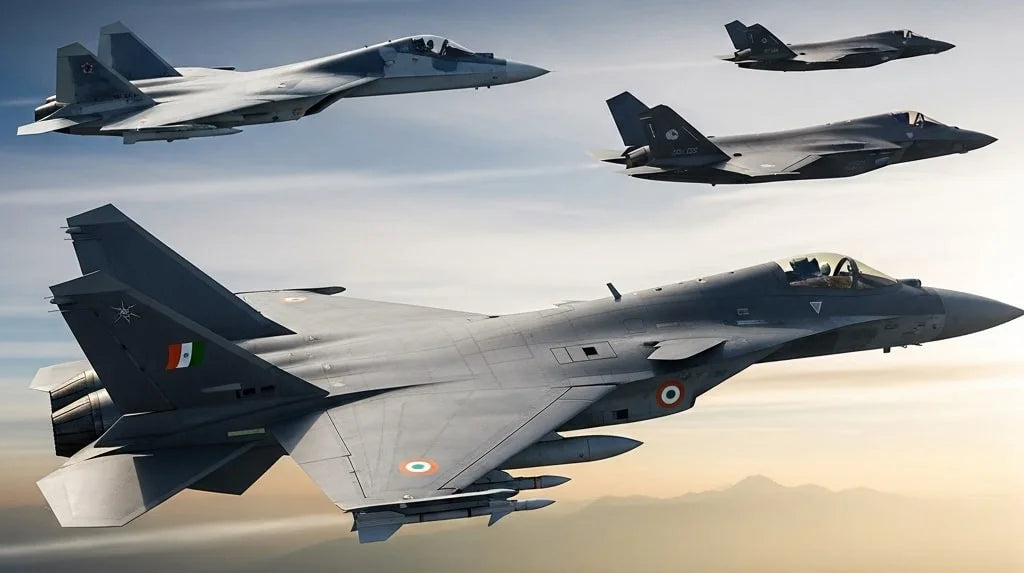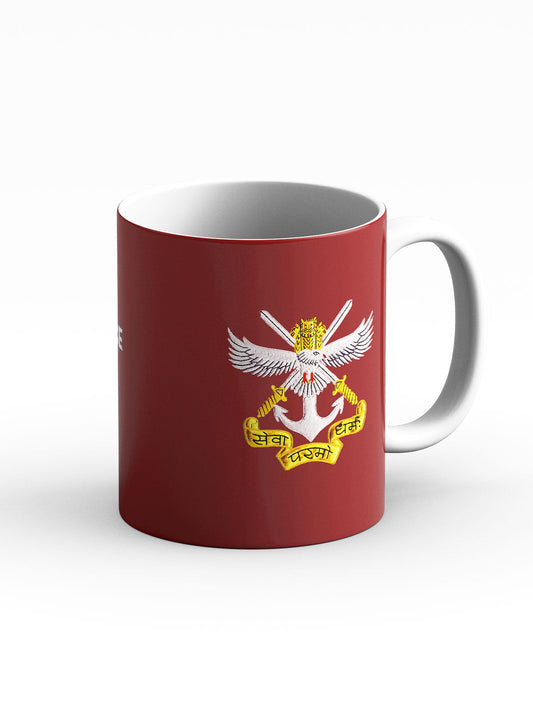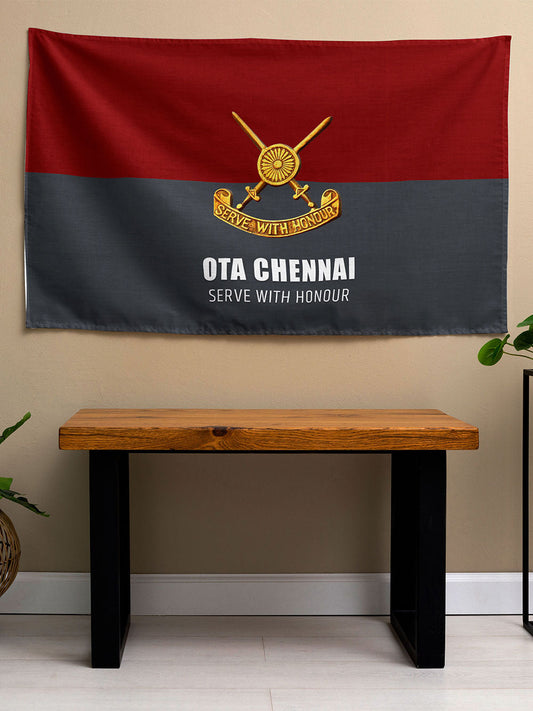Indian Air Force Plans Major Expansion to Counter China, Exceeds 42-Squadron Goal

The Indian Air Force (IAF) is undergoing a strategic transformation in its long-term force planning, setting its sights on achieving a fighter strength that surpasses the traditional goal of 42 squadrons. This shift arises from the need to address the military challenge posed by China and the potential of a two-front conflict, rendering the previous Pakistan-centric target inadequate.
According to senior defense officials, this revised strategy could see the IAF's authorized strength exceed 1,000 fighter jets, signaling a significant advancement in India's air power strategy.
Currently, the IAF is facing a reduction in operational squadrons to just 29 this month with the phasing out of the last MiG-21s. This reduction leaves India with approximately 464–522 fighters, falling more than 250 short of the previous 42-squadron objective and significantly below the updated requirement. The existing fleet includes 12 Sukhoi-30MKI squadrons, three Mirage-2000, two Rafale, and two Tejas units, alongside older Jaguar and MiG-29 squadrons.
In comparison, the People's Liberation Army Air Force (PLAAF) of China operates over 2,000 frontline fighters, while Pakistan has around 500, together presenting a substantial challenge.
The IAF's capability gap has been exacerbated by procurement delays and slow domestic production. The indigenous Tejas light combat aircraft plays a crucial role in the long-term strategy, yet its production rate has not met expectations. India has already placed orders for 83 Tejas Mk-1A jets and approved 120 Tejas Mk-2, while also advancing the fifth-generation Advanced Medium Combat Aircraft (AMCA) project for 126 stealth fighters.
In addition, the urgent pursuit of the 114-aircraft Multi-Role Fighter Aircraft (MRFA) program continues, with the French Rafale emerging as a leading candidate due to existing operational experience, shared infrastructure with the current Rafale fleet, and the potential for quicker induction. The Navy's acquisition of Rafale-M jets further enhances cross-service synergy.
Defense planners emphasize that the IAF is shifting its strategic focus from a Pakistan-centric approach to one that addresses China's technological superiority and larger scale. This new direction requires not only an increase in squadron numbers but also modern, interconnected platforms, accelerated production, and efficient acquisition processes.
With the PLAAF expanding its influence in the region and Pakistan continuously modernizing its fleet, officials highlight that India has a limited timeframe to close the fighter gap. They assert that the next decade will be pivotal in determining the IAF's combat readiness.



















